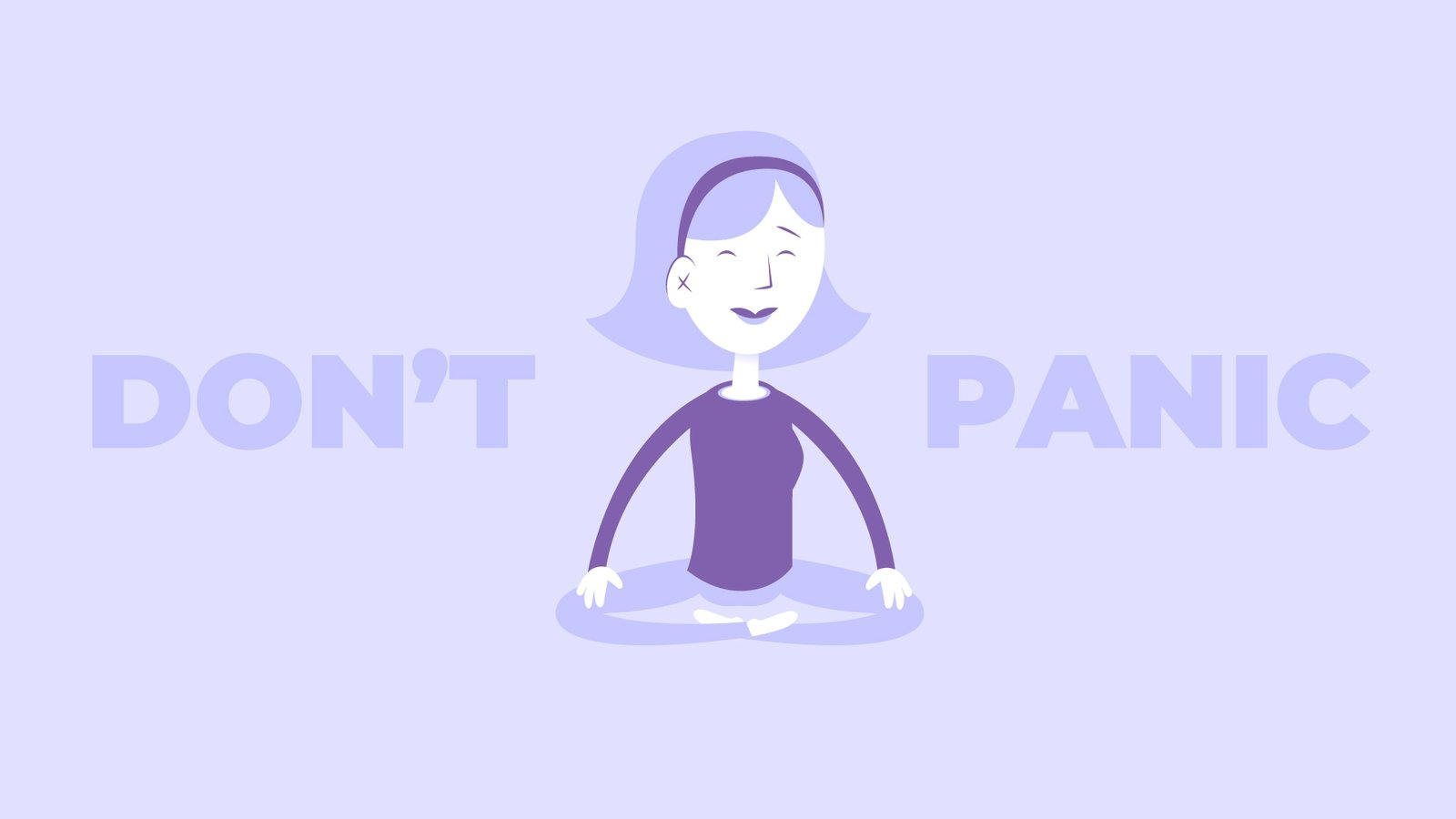All you ever wanted to know about back pain
Very important blogpost by Mary O'Keeffe and Kieran O'Sullivan! :)
Both misunderstood and mismanaged, low back pain is a huge source of suffering for many people worldwide. Here’s the up-to-date knowledge on the condition and some advice on the steps people can take to help themselves. Low back pain is common and recurrent, but rarely serious.
Don’t panic if you get back pain, even on a few different occasions
Almost everybody will experience low back pain at some point as it is part of everyday life like getting tired, feeling sad or getting a cold.
While some episodes of low back pain can be severe and frightening, most people recover from the episode reasonably quickly (within six to eight weeks) and often without the need to see a health professional for treatment. Similar to health conditions like migraine, asthma and depression, low back pain can have a recurrent pattern where it comes and goes. Simply put, if a person experienced an episode of low back pain in the past, they will probably experience low back pain again.
This recurrent nature of low back pain should not be a cause for despair as getting some pain from time to time does not mean a person will suffer any major disability. Since almost everyone gets low back pain at some point in their life, it should not be seen as a rare, or serious, thing. Figuring out and understanding the triggers for the low back pain and what a person should and should not do is more useful than trying to prevent ever getting low back pain.

Don’t rush for treatment
As low back pain can often be severe and make people distressed and worried about doing further damage, those in this situation will often seek help from healthcare professionals. However, it is increasingly clear from scientific studies that most of the treatments offered across all professions are nowhere near as effective as we once thought. Furthermore, the decision to seek treatment can – when the pain does not resolve quickly – leads to people with low back pain being referred for a vast range of costly, ineffective and sometimes harmful tests and treatments.
For example, most people believe that an x-ray or MRI will identify the cause of their low back pain and lead to a better treatment plan. However, strong evidence shows that rare and serious disease is present in only approximately one percent of people with low back pain and a scan is only essential if it suspected that the person is in this small group. Furthermore, a clinician should be able to identify signs and symptoms which suggest serious illness. Critically, usage of scans can lead to worse, not better, outcomes when used too frequently.
In a similar manner, the medicines we call “painkillers” are not very effective at treating low back pain and often come with significant side-effects. Paracetamol, anti-inflammatories and even opioid medicines are not better than a dummy pill in studies of low back pain. They do not speed up your recovery and have greater potential for harm. If a person feels like trying pain medicines, they should first opt for a simple over-the-counter option, as they often have the same effect as stronger prescription painkillers. Most importantly, pain medicines shouldn’t be used as standalone treatment (combine with activity, etc) nor as a long-term solution.
Invasive treatment like surgery is rarely an option for low back pain. Almost all international guidelines recommend it be avoided for a considerable period of time to allow adequate time for either natural recovery or recovery using non-surgical approaches, like exercise. Unfortunately, many people are sent for surgeries such as lumbar fusions too quickly which involve more cost, more risk and importantly do not seem to improve outcomes.
Where possible, people with low back pain should not rush into a cycle of over-treatment, once they are happy that they are like most people who get low back pain on and off which isn’t driven by a serious disease. In the event that a person is referred for treatments or tests, they should discuss it with their doctor to see if these tests are essential or urgent, as usually the decision to start treatment can be re-visited if the symptoms do not settle.
If you want to learn more about low back pain, you can watch several lectures by back pain experts here:
Don’t be put off by medical jargon and opinions
Research has clearly shown that discs, bones, joints in your back do not go “out of place” or “slip”. The term “a slipped disc” is not only inaccurate, but probably harmful as it suggests that the spine is so vulnerable that things can be displaced easily. The discs are firmly attached between the back bones (vertebrae) and cannot “slip” out of place. Some health professionals tell people that they are putting their bones and discs back into place through treatments like manipulation.
While the “crack” you experience can feel nice and reduce your pain, any benefit is short-term. It is also due to changes in the nervous system and muscle relaxation, not to adjusting the positions of discs and joints. Remember that your back is a strong stable structure capable of lots of movement. If a person experiences a severe episode of low back pain lifting, nothing has fallen out of place- though it might feel like it!
Don’t worry about what you read and see in MRI reports
When people have scans for low back pain, the report will always show “stuff”, but much of it can be poorly linked with pain. Research has shown that people who don’t have low back pain have disc bulges, disc degeneration, disc protrusions and facet joint degeneration. These things are normal parts of the aging process- like grey hairs or wrinkles.
The problem isn’t getting the scan, but rather what people are told about it and what happens next. Unfortunately, people with low back pain are often told that these non-serious things on their scan need more tests, injections and surgery. As well as being unnecessary and expensive, these procedures can create a lot of worry that can distract people from helpful activities like exercise. While leaving no stone unturned can be good for other things in life, too many tests can lead to the ineffective overtreatment of low back pain.
Don’t be fooled by quick fixes
Quick fixes promoted in the media seem like a helpful avenue for low back pain. There is always a new pill, device, gadget, cream, lotion, exercise craze promised to be the next cure for low back pain. The miracles promise the person with low back pain that they need not put in any effort to help themselves and say they need somebody else to fix their pain for them.
When a person’s low back pain is at its worst and the person tries these approaches, he/she is likely to feel better, as low back pain comes in cycles. Don’t be fooled by this. Just as there are no quick fixes for conditions like obesity and depression, the reality is that there are no quick fixes or magical cures for low back pain. A lot of these “miracle cures” have not yet been tested in an experiment so you are potentially just wasting your money, and when they have been tested they don’t look effective.
The biggest problem with these “quick fixes” is that they distract people from engaging with approaches that would be more helpful, like sticking with their exercise plan and addressing their sleep. Low back pain is a huge condition – millions are spent on trying to understand it on, and so if a very effective treatment is found and tested in good scientific trials, we will definitely hear about it! Until then, if a treatment sounds too good to be true, it probably is!

Remain active and avoid bed rest
Bed rest and prolonged rest were previously very popular treatments for low back pain. However, we now know that people with low back pain who remain active (even when in pain) do better in the long-term. In fact, it appears that the longer a person stays in bed because of low back pain, the worse their pain, disability and ability to work becomes.
For recent onset low back pain, trying to find the balance between letting the low back pain settle while still moving about is important. It’s similar to a footballer who has twisted his/her ankle: avoiding aggravating movements and reducing training for a few days helps, but it is ensured that the ankle isn’t rested excessively as it would get stiffer and weaker. Usual football activity would be gradually resumed over days and weeks.
A similar approach should be taken with low back pain. During the first few days of low back pain, it is common that back movement or posture can be significantly altered. This is a normal part of the back pain experience and is like limping after an ankle sprain. Like the footballer, it might be helpful to do less of certain movements for a while but, most importantly, staying on the move when you can, and even doing your activities in a modified or altered way of movement, can be good. As the pain settles, movement patterns get better. However, it is important that people do not wait for the pain to be gone, before they decide to get moving.
Return to usual activities
It is common for people with low back pain to be cautious about returning to their usual activities such as golf, gardening and sexual activity. However, there is very strong evidence that keeping active and returning to all usual activities and hobbies is important in aiding recovery.
People are generally worried about activities and hobbies involving impact, bending, lifting and twisting. People in pain often avoid these things for fear of doing damage to their body. However, these things are safe (even if sore initially) and people should feel confident to return to them.
It is true that doing manual jobs in an awkward posture with heavy loads and objects not close to the person’s body increases the risk of an episode of new onset low back pain. Interestingly, the risk increases if the person is distracted or tired during the manual jobs. This still does not mean that these activities are dangerous or doing damage or that these activities should not be avoided.
Take the example of a new runner. People who are new to running have an increased risk of pain or injury if they start by running three times or more a week. This increased risk does not mean these people should give up running forever, or that the activity is bad for them. They might just need to change some things: the amount they do, the way they do it, and give their body more time to get accustomed to this new activity.
It is helpful to think of back pain and lifting in a similar way. Overall, people should try to use their back sensibly and build up tolerance to certain activities like bending and lifting through practice with different loads and weights. But people shouldn’t wrap their back in cotton wool and avoid activities. The back, like all body parts, is designed for movement and will adapt to different activities and loads with practice.
Exercise helps to reduce pain and prevent future episodes
Exercise is very good for low back pain and the best is the one that the person will do and stick with over time. For example, walking, running, cycling, swimming, yoga and pilates all have similar effects for low back pain and are equally safe so people should pick the exercise they prefer.
Unfortunately, many people are given frightening information about certain exercises. They may be told that they need to do a particular exercise to help themselves, but this particular exercise is generally overcomplicated and difficult to perform. Activities deemed to be bad like running on the road and swimming the breast stroke have not been linked with low back pain. All these activities may be sore initially, but they make your back healthier and stronger. They don’t wear it out.
Exercise is the only current approach that can prevent recurrence of low back pain. It almost halves the risk of recurrence. The longer the person can do the exercise for, the better results they will get.

Stay at work or go back to work as quickly as you can
Many people think work is the last thing they should do and feel they need to stay off work to rest with low back pain. However, it is generally a bad choice to take off time from work with an episode of low back pain. It will usually delay recovery.
Think again of the footballer with the sprained ankle. The footballer will modify or reduce training for a few days and gradually build up training but he/she won’t stop all activity. From a work perspective, this would mean a person altering or modifying their work routine or the way they do it, and then gradually resuming full duties over a week or two guided by physio or GP.
Certain aspects of work worry people with low back pain. For example, sitting at work or certain work postures like slouching are commonly blamed for low back pain. Contrary to popular belief, sitting does not cause low back pain and no particular sitting posture has been found to cause low back pain so there is no scientific evidence behind the slouching advice!
If you sit for eight hours a day, focus on being active outside of work. Being active for an hour every day can reverse the potential negative effects of sitting. People can report pain if they stay in a prolonged position. The back likes to move, so break up inactivity by moving around. It will be good for overall health, as well as the spine.
While focus is placed on sitting and lifting as the causes of work related back pain, it is often the wider, non-physical factors in work, that are very important. Your relationship with your boss and co-workers, your job satisfaction (do you enjoy it?), feeling supported at work and when returning to work are all extremely important in low back pain.
If you want to learn more about low back pain, you can watch several lectures by back pain experts here:
Remember it is the person that needs treatment not just a spine
The common view is that low back pain is always a sign of injury or damage. While in some cases it is (for example a broken bone, bruising from a trauma), we now know that low back pain can be triggered or increased by non-physical factors which are common in our lives also. These triggers can be psychological (thinking you will not get better, depression, stress, fear of movement), health related (being tired and run down, low energy), lifestyle related (sleep problems, low levels of physical activity, being overweight, smoking) or social (money problems, poor relationships or support at work or home, low job satisfaction, stressful life events like a death or illness).
These triggers are also linked to lots of other health conditions. Each person’s low back pain story will be different and involve different mixes of factors. Trying to tease out this puzzle could help a person better understand their triggers. This is like understanding triggers for a headache or feeling down or having an irritable tummy. Low back pain is never psychosomatic or imaginary: it is always 100 percent real, but types of triggers will vary.
Taking steps to improve your overall health may reduce your risk of low back pain. Getting enough sleep, getting more active, being a healthy weight, giving up smoking, spending time with people who make the person happy, reducing work and life stress, are all sensible and cheap ways to treat low back pain and reduce the risk of recurrence.
By Dr Mary O’Keeffe, University of Limerick & University of Sydney, and Dr Kieran O’Sullivan,University of Limerick & Aspetar Orthopaedic and Sports Spine Centre, Doha, Qatar.
Dr Mary O’Keeffe has been awarded the Marie Sklodowska-Curie Fellowship by the European Union to research low back pain and will spend two years in the University of Sydney in Australia. She will then return to the University of Limerick and complete a three-month secondment to the European Pain Federation (EPF) in Brussels.
The original blog was shared on RTE’s website here.
Get 20% off for the yearly membership with the discount code: EASTER2022



